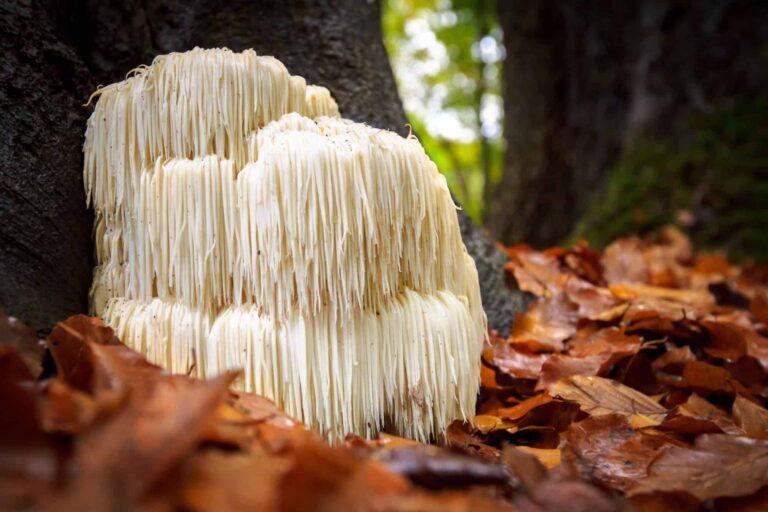
The Renaissance of Psychedelic Therapy
In recent years, psychedelic therapy has experienced a renaissance, capturing the attention of researchers, clinicians, and the public alike. Traditional psychedelics like psilocybin (found in magic mushrooms), LSD, and MDMA have emerged from the shadows of counterculture to take center stage in a revolutionary approach to mental health treatment.
1. Psychedelic-Assisted Therapy: A Paradigm Shift
At the forefront of this transformative movement is psychedelic-assisted therapy. Researchers and therapists are exploring the therapeutic potential of psychedelics when used in controlled, supportive environments. Sessions are carefully guided, creating a safe space for individuals to navigate the depths of their consciousness with the aid of substances like psilocybin or MDMA.
Studies have shown promising results, especially in the treatment of conditions such as depression, PTSD, anxiety, and addiction. Psychedelic-assisted therapy goes beyond traditional talk therapy, offering individuals a profound and often transcendent experience that can catalyze deep emotional healing and personal transformation.
2. Micro-Dosing: Harnessing Subtle Benefits
While psychedelic-assisted therapy involves full doses that induce altered states of consciousness, micro-dosing has emerged as a subtler approach with its own set of breakthroughs. Micro-dosing involves consuming minimal amounts of psychedelics, often below the threshold of noticeable effects. Advocates claim benefits such as increased creativity, improved mood, and enhanced focus without the intensity of a full trip.
Research into micro-dosing is ongoing, with anecdotal reports fueling interest in its potential applications for mental well-being and cognitive enhancement. Although the effects are subtle, micro-dosing represents a promising avenue for those seeking therapeutic benefits without the psychedelic journey.
3. Neural Imaging and Understanding the Mysteries of the Mind
Advancements in neuroscience are shedding light on the intricate dance between psychedelics and the brain. Neural imaging techniques, such as functional magnetic resonance imaging (fMRI) and positron emission tomography (PET), allow researchers to observe the brain’s activity under the influence of psychedelics.
These studies reveal fascinating insights into the brain’s default mode network (DMN), which is thought to be implicated in conditions like depression. Psychedelics, it seems, have the potential to disrupt rigid thought patterns associated with mental health disorders, leading to novel perspectives and increased neuroplasticity.
4. Legal Breakthroughs and Cultural Shifts
The therapeutic potential of psychedelics has sparked legal breakthroughs and a shifting cultural perspective. Cities and states are decriminalizing or deprioritizing the enforcement of laws related to psychedelics, signaling a growing acknowledgment of their potential benefits and a move away from punitive approaches.
Furthermore, breakthrough research is influencing regulatory agencies. The U.S. Food and Drug Administration (FDA) granted breakthrough therapy designation for psilocybin-assisted therapy for treatment-resistant depression, expediting the development and review process.
Looking to the Future: Challenges and Promises
As we celebrate these breakthroughs, it’s essential to acknowledge the challenges and ethical considerations that come with the reintegration of psychedelics into mainstream therapeutic practices. Issues such as ensuring accessibility, avoiding misuse, and addressing the potential for commodification of psychedelic experiences are critical considerations as the field continues to evolve.
The promises of breakthroughs in psychedelic therapy extend beyond the treatment of specific mental health conditions. They speak to a broader shift in our understanding of consciousness, the mind, and the interconnected nature of mental health and well-being.
Conclusion: Embracing the Psychedelic Renaissance
In conclusion, the breakthroughs in psychedelic therapy are ushering in a renaissance that holds profound implications for mental health treatment. We stand at the threshold of a new era—one that invites us to embrace the mysteries of the mind, explore the transformative potential of psychedelics, and reimagine the landscape of healing and self-discovery. As research and cultural attitudes continue to evolve, the psychedelic renaissance promises to illuminate the path toward a more enlightened and compassionate approach to mental health.
COPYRIGHT © 2023 · MADE WITH LOVE IN COLORADO. ALL RIGHTS RESERVED.